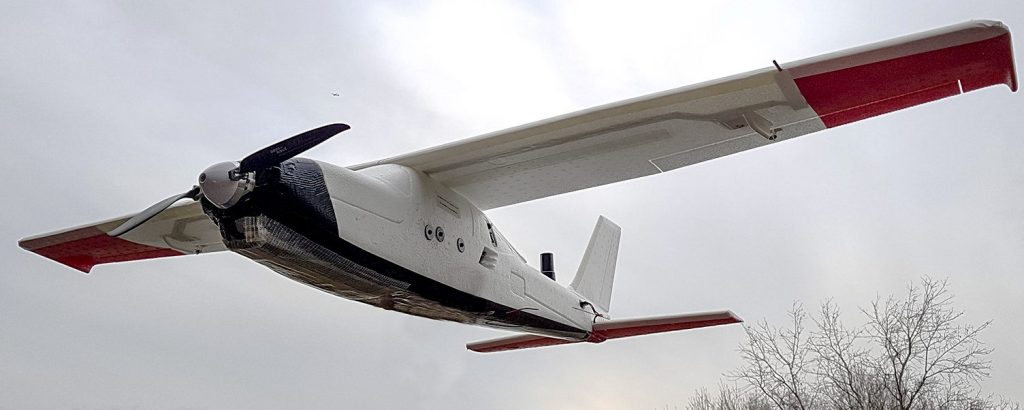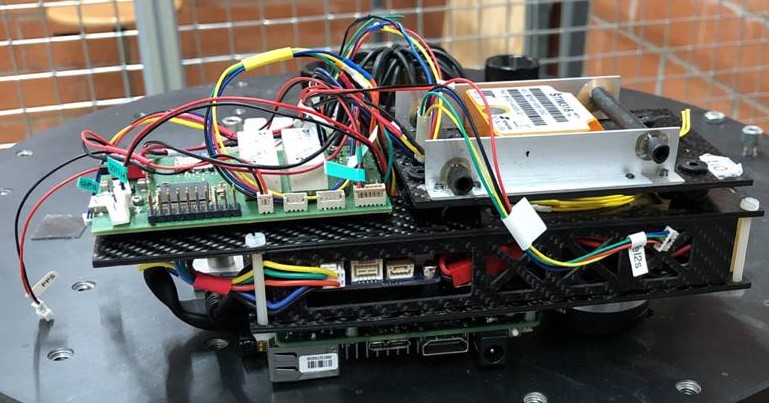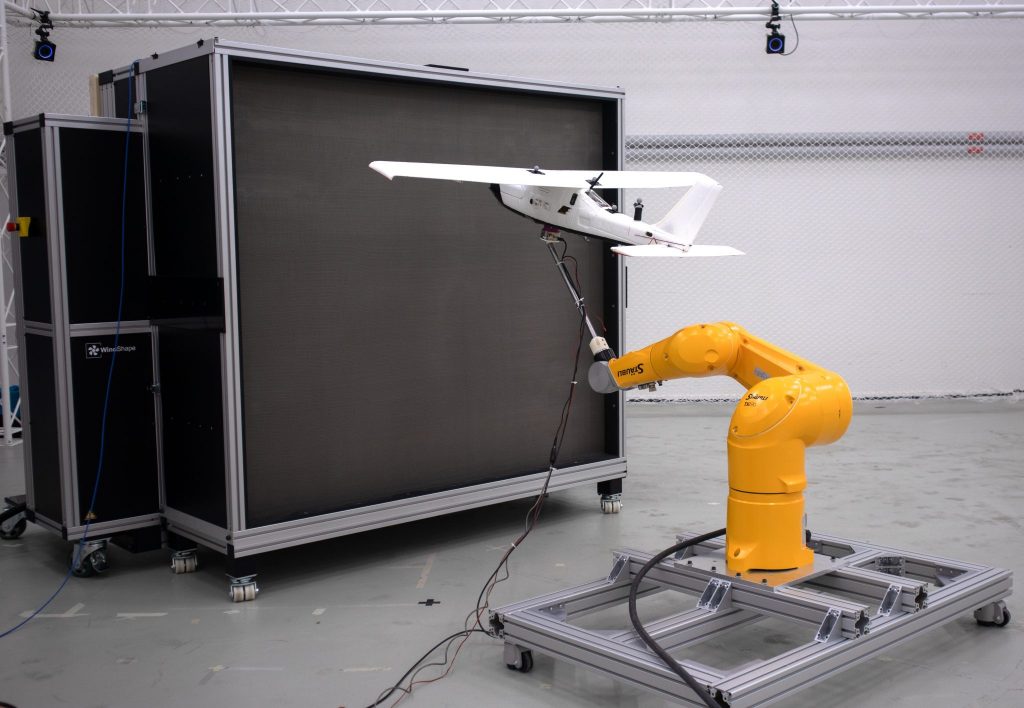Project Description
Real-time navigation of small Uninhabited Aerial Vehicles (UAVs) is predominantly based on sensor fusion algorithms. These algorithms make use of an Extended Kalman Filter (EKF), wherein, state-dynamics, governed by dead-reckoning, are fused with GPS measurements to yield a navigation solution (position, velocity and attitude). However, during a GPS outage (1-2 minutes), this solution can drift around 1-2 Kilometers, adversely affecting safety and reliability of the mission. Recently, Vehicle Dynamic Model (VDM) based navigation system has shown significant improvement in positioning accuracy during a GPS outage. This is accomplished by incorporation of aerodynamics in the sensor fusion architecture. However, the modeled aerodynamics is old and there is a scope of improvement, thanks to availability of i) state-of-the-art quality flight data acquired in the vicinity of Lausanne and ii) wind tunnel experimentation at Laboratory of Intelligent System. The goal of this student project is to combine the data coming from real-flight campaign and wind tunnel experiments to come up with a new aerodynamic model of the in-house UAV and its integration in the sensor fusion framework.



Keywords
Extended Kalman filter, Recursive least squares, Rigid body dynamics, Aerodynamics, System Identification, Observability Grammian, Machine learning
Tentative Workplan
- Understanding i) existing work and ii) flight data processing.
- Model identification from flight and wind-tunnel data
- Model validation
- Software development for offline testing (MATLAB)
- Software contribution for real-time navigation (C++, ROS)
- The workload will be adapted depending on Master thesis or Semester project.
Deliverables
- Scalable Software with a good documentation
- A brief report highlighting the developments and key results
Resources
- Fixed wing plane (TOPO PLANE2)
- Three grades of IMUs (high/medium/low bias instability), navigation grade GNSS receiver.
- Two grades of Pitot’s tube (precise and noisy) for quantifying wind related aerodynamics.
Work Segregation
- Field tests 10 %
- Data analysis/processing 20 %
- Software development and testing 50%
- Theory 10 %
- Documentation 10 %
Contact
Motivated students are advised to send an e-mail to Amann SHARMA, aman.sharma@epfl.ch , to express their interest alongside their CV and transcript.